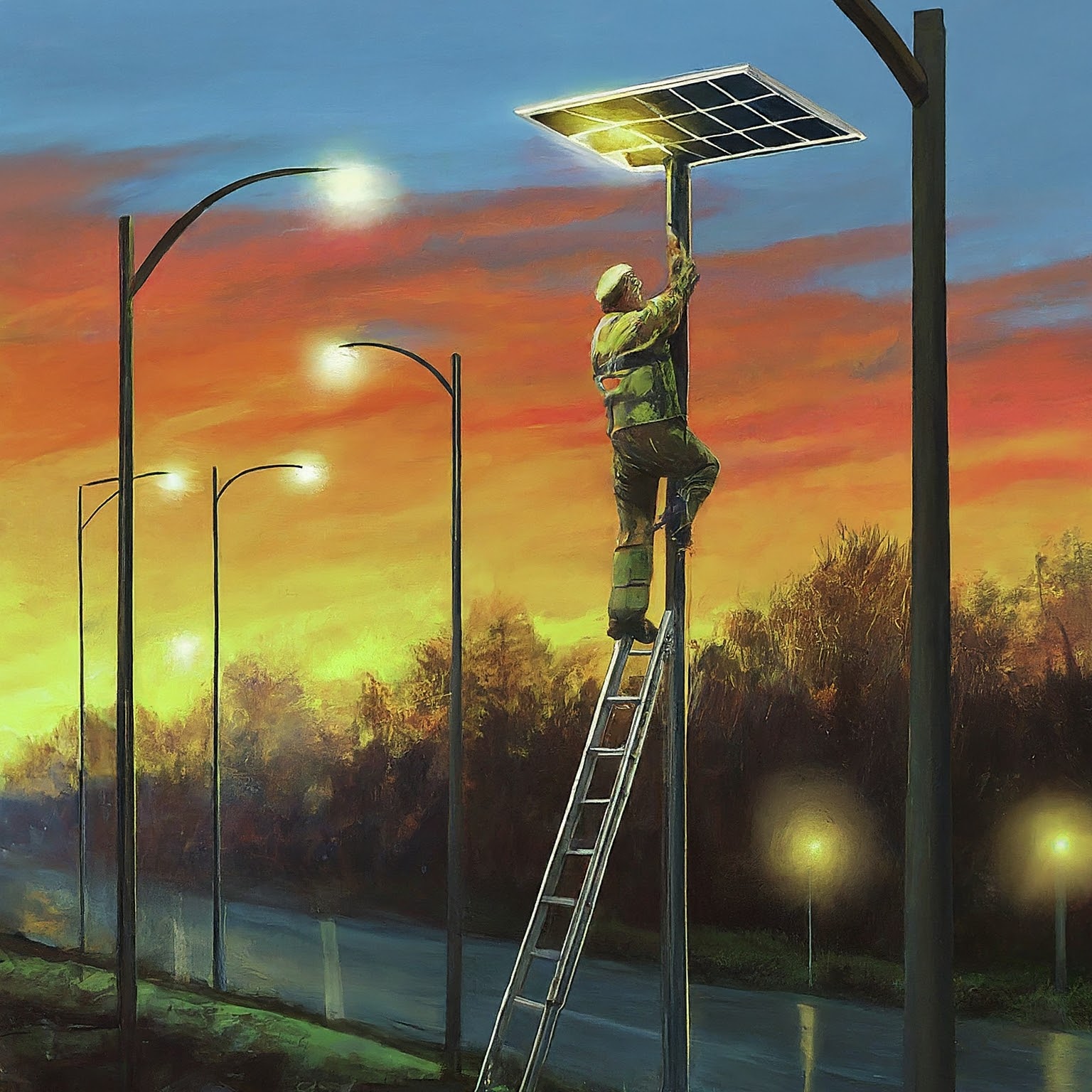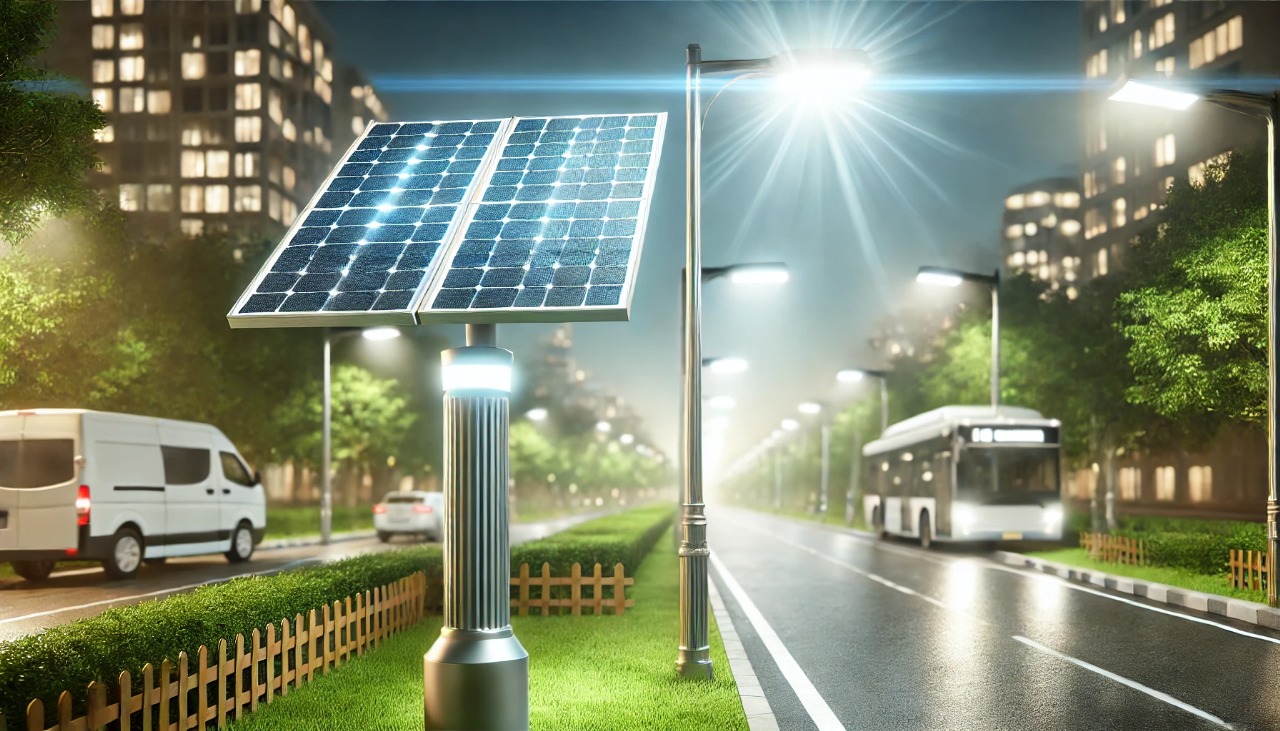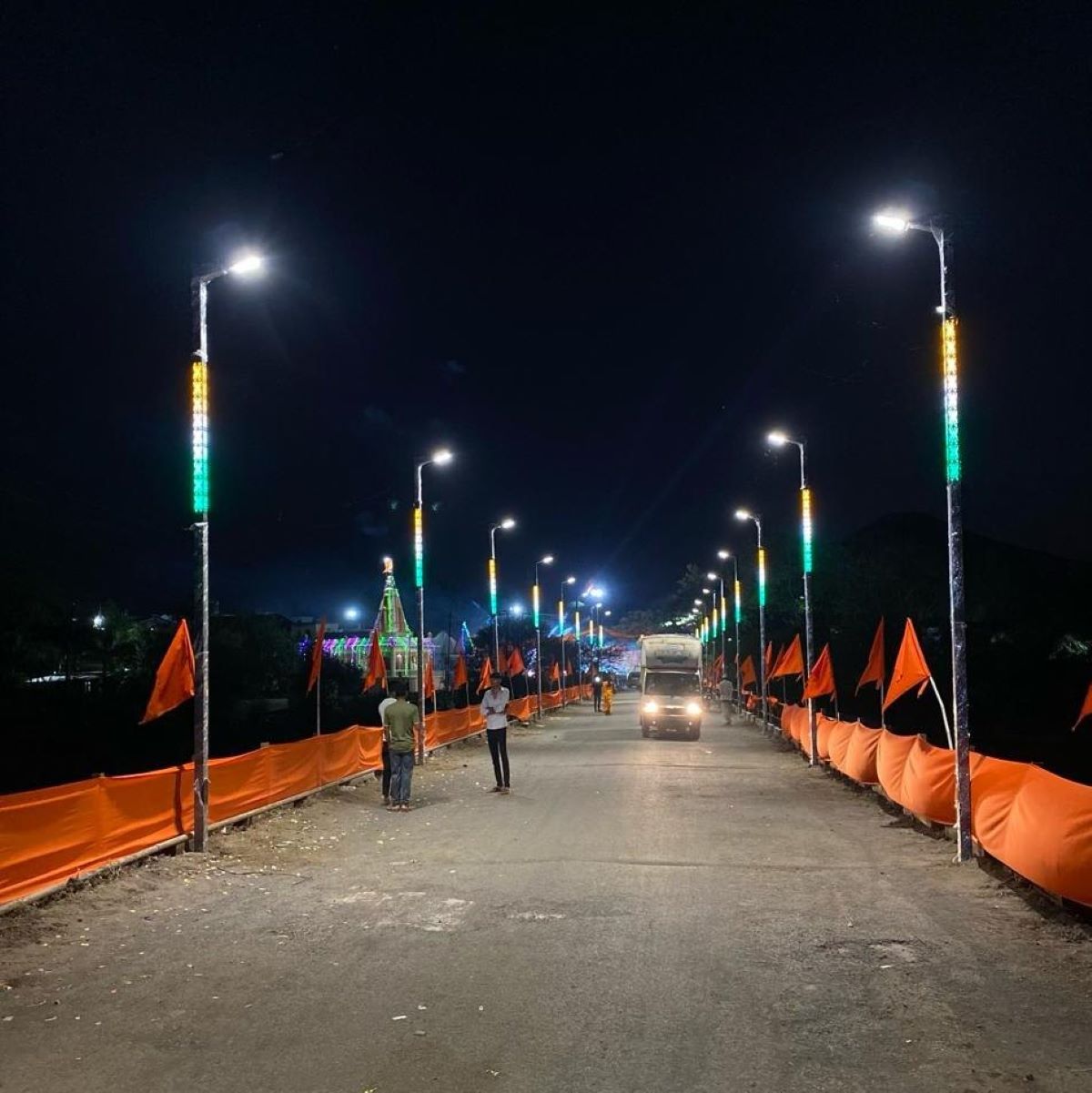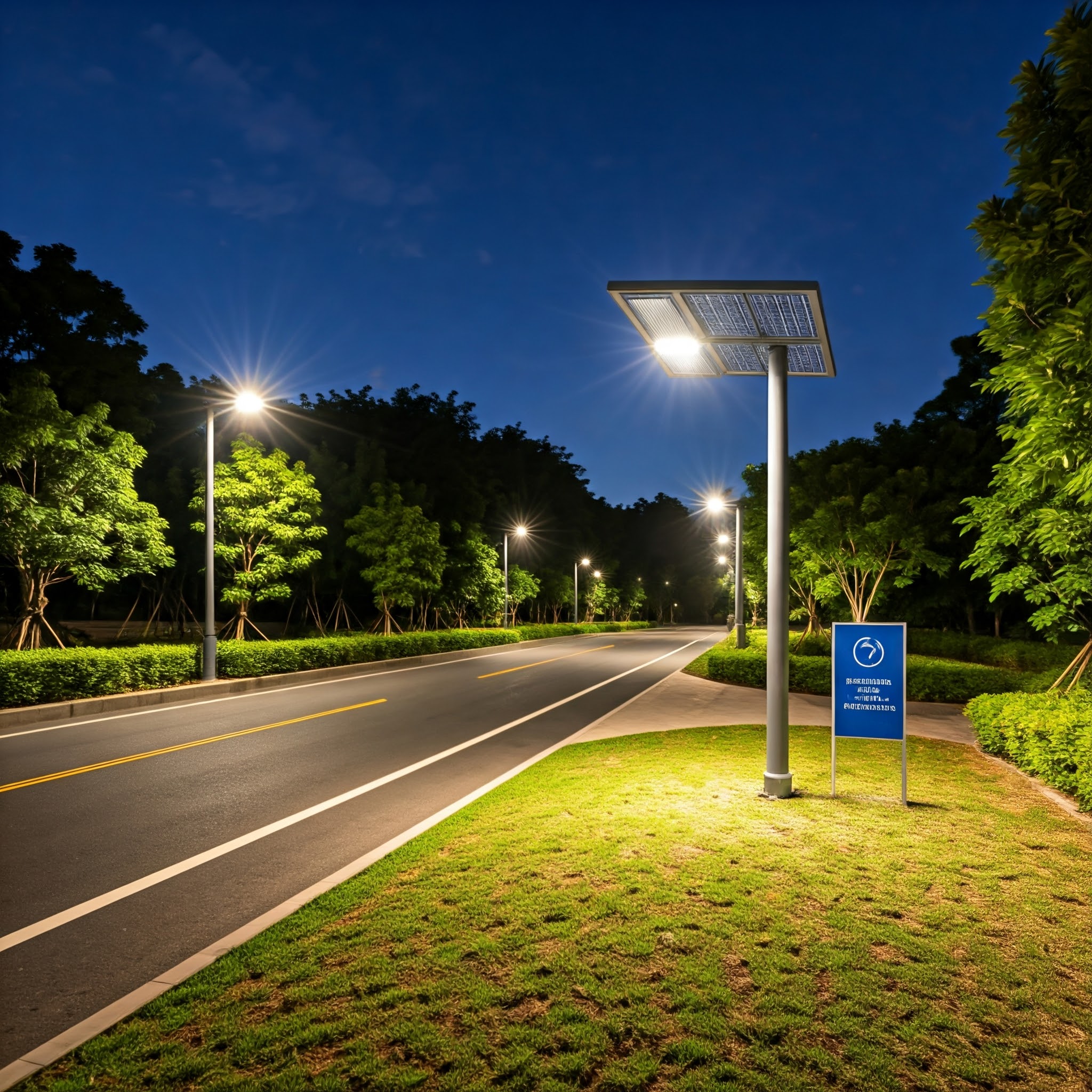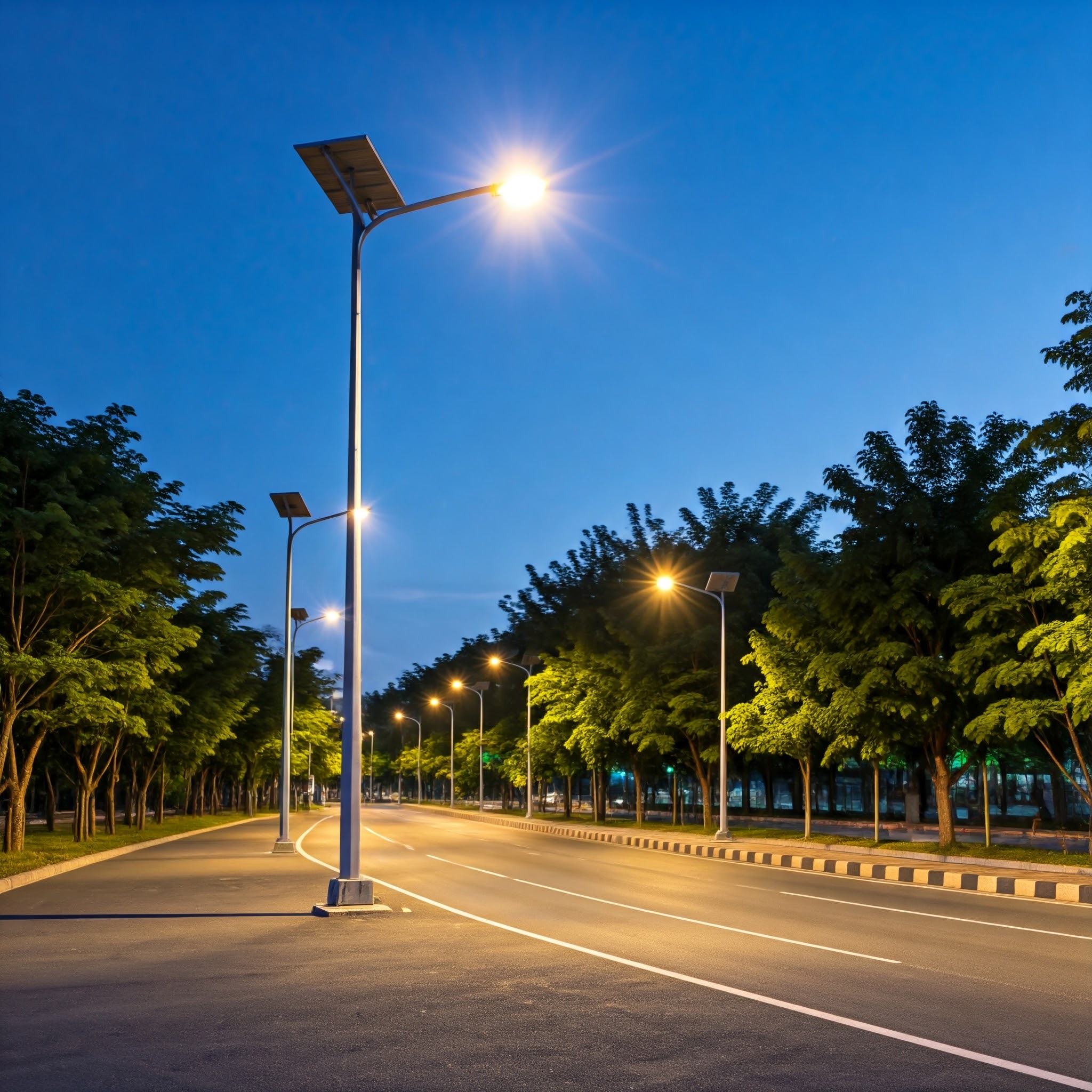Best LED Lights for Desert Climate

 Outdoor LED Lighting
Outdoor LED Lighting
Table of Contents
A Complete Guide to Heat-Resistant & Dust-Proof Lighting
Desert regions require LED lights capable of surviving extreme temperatures, intense UV exposure, dust storms, and harsh operating conditions. This guide explains how desert-ready LEDs work and lists the best lighting solutions for long-term performance in hot, dusty environments.
Why Desert Climate Requires Special LED Lights
Unlike normal environments, deserts experience high temperatures, strong winds, sandstorms, and limited maintenance access. Regular LEDs fail quickly due to overheating, dust accumulation, and material degradation. This makes desert-grade LED lights essential for safety, efficiency, and long-lasting performance.
- Extreme Heat (45°C–55°C+): Causes LED drivers and chips to overheat and fail.
- Heavy Dust & Sand Exposure: Blocks lenses, enters fixtures, reduces brightness.
- Intense UV Radiation: Fades and cracks plastic bodies and lenses.
- Minimal Maintenance: Requires long-life, dust-proof lighting systems.
Key Features of LED Lights Designed for Desert Climate
1. High Temperature Resistance
LEDs for desert use must support ambient temperatures of 55°C to 75°C without losing brightness or lifespan.
2. Advanced Thermal Management
Heavy-duty aluminum heat sinks, airflow fins, and separated drivers prevent overheating and ensure stable operation.
3. IP66 or IP67 Dust Protection
High IP ratings ensure complete dust sealing, preventing sand from damaging internal components.
4. UV-Resistant, Rugged Body
UV-resistant polycarbonate and powder-coated aluminum protect the lights from long-term sun exposure.
5. Surge Protection
Areas with unstable power supply require LEDs with 4kV–10kV surge protection and strong drivers.
6. Solar Compatibility
Desert regions with high sunlight benefit from All-in-One and Semi-Integrated Solar Street Lights.
Best Types of LED Lights for Desert Conditions
1. High-Temperature LED Flood Lights
Ideal for construction sites, mining zones, resorts, and open desert areas due to their strong heat resistance and high lumen output.
2. IP66/IP67 LED Street Lights
Designed for roads, desert towns, and remote regions. These are dust-proof, UV-resistant, and low maintenance.
3. Highbay LED Lights for Desert Warehouses
Suitable for industrial sheds and workshops with extremely high temperatures.
4. Solar LED Street Lights
Ideal for off-grid desert environments. Provide strong illumination without electricity dependency.
5. Explosion-Proof LED Lights
Best for petrochemical areas, heavy industries, or hazardous zones located in deserts.
Installation Tips for Desert Areas
- Install lights with sufficient airflow space to reduce heat buildup.
- Use UV-resistant cables and corrosion-proof fixtures.
- Proper grounding and surge protection are mandatory.
- Avoid enclosed areas that trap heat.
Maintenance Guide for Desert LED Lights
- Clean dust from fixtures regularly to maintain brightness.
- Inspect lenses for clarity and damage.
- Check LED drivers every 3–6 months for overheating or flickering.
- Clean solar panels (if solar-powered) every 15–30 days.
Conclusion
Desert environments require specially engineered LED lights that can survive high heat, sandstorms, and minimal maintenance. Choosing high-temperature, IP66/IP67-rated LEDs with thermal management ensures long-lasting performance and reliability in harsh climates.


